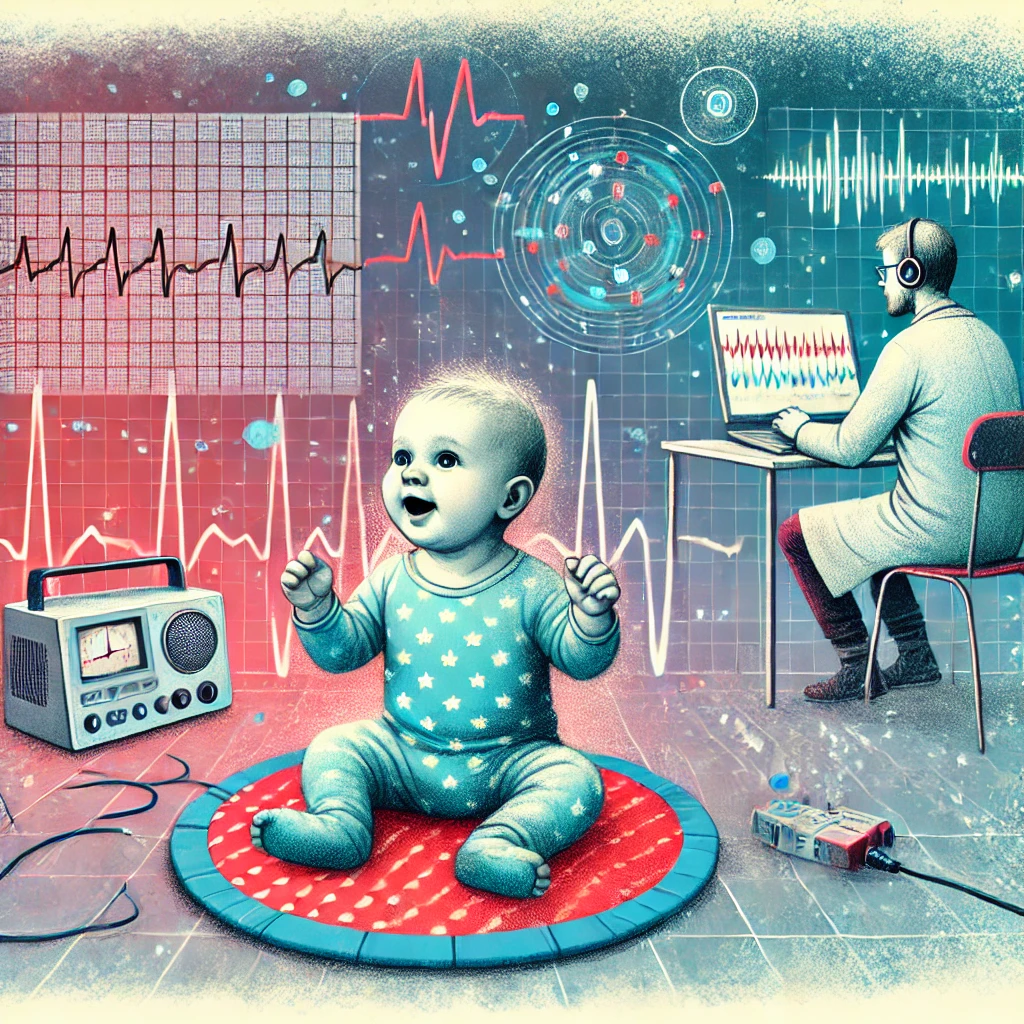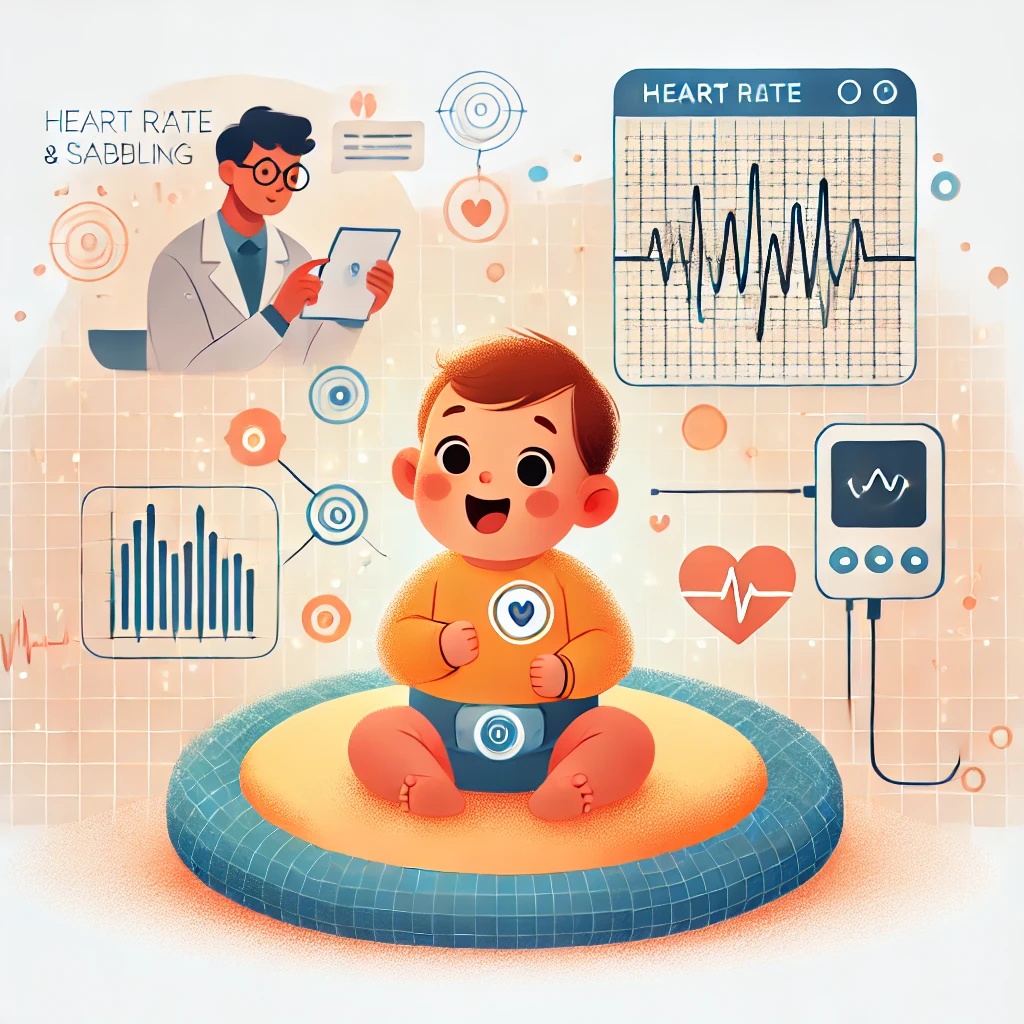Introduction Researchers have recently uncovered a surprising link between an infant’s heart rate and their early vocalizations. This groundbreaking study sheds light on the physiological mechanisms underlying language development, providing new insights into how babies begin to communicate with the world.
The Study at a Glance The research, conducted by developmental psychologists, monitored the heart rates of infants while observing their vocalizations. The findings reveal that changes in heart rate correspond with moments when babies produce sounds, such as cooing and babbling. This synchronization suggests that an infant’s cardiac activity may play a role in regulating speech development.

Why Is This Discovery Important?
- Early Language Development: Understanding the physiological factors influencing speech could help identify developmental delays early, allowing for timely interventions.
- Brain-Body Connection: The study emphasizes the intricate relationship between the brain and body, showing how heart rhythms and vocal activity are closely linked.
- Foundations for Communication: Recognizing patterns in early speech development may improve methods for teaching language and communication skills to infants, particularly those with developmental challenges.
Key Findings
- Infants exhibit noticeable heart rate fluctuations before and during vocalizations.
- These changes are believed to facilitate breathing patterns that support sound production.
- Babies with more consistent heart rate-vocalization patterns may develop speech skills faster than others.
Implications for Parents and Educators For parents and caregivers, this study highlights the importance of interacting with infants through talking, singing, and responding to their sounds. Such engagement not only encourages vocalization but may also influence the physiological processes that support language acquisition.

Future Directions Researchers aim to explore how this connection evolves as babies grow and whether it predicts later speech development. Further studies may also examine how interventions targeting heart rate regulation could assist children with speech delays.
Conclusion The discovery of a link between infant speech and heart rate offers a new perspective on language development. By understanding how the body and brain work together, scientists are opening doors to innovative ways of supporting communication skills from the earliest stages of life. Parents, educators, and healthcare providers can all benefit from these insights to foster healthier developmental outcomes.

Stay tuned for more updates as science continues to unveil the mysteries of early childhood development!
Leave a Reply